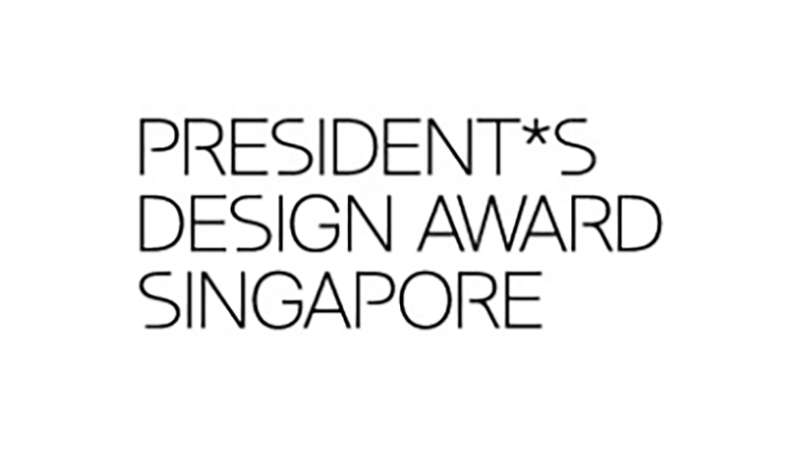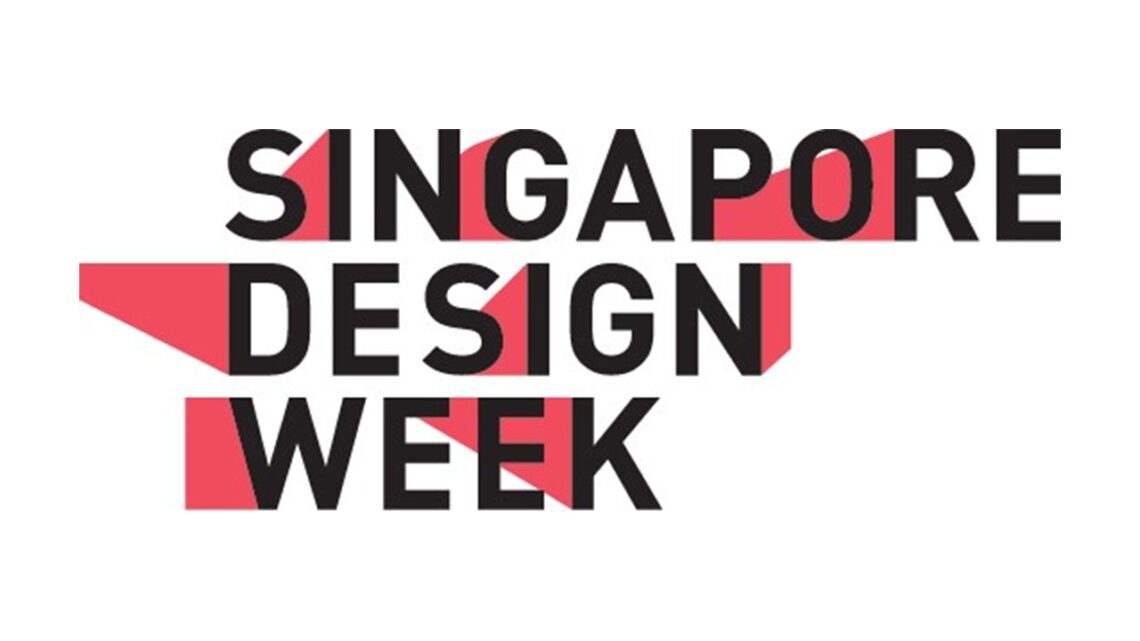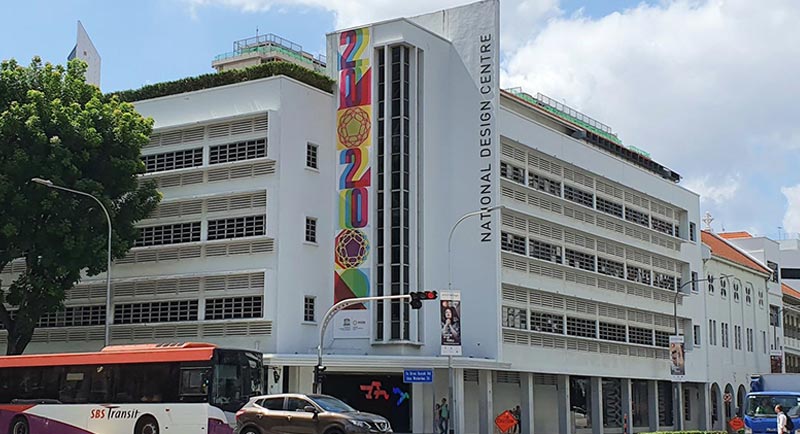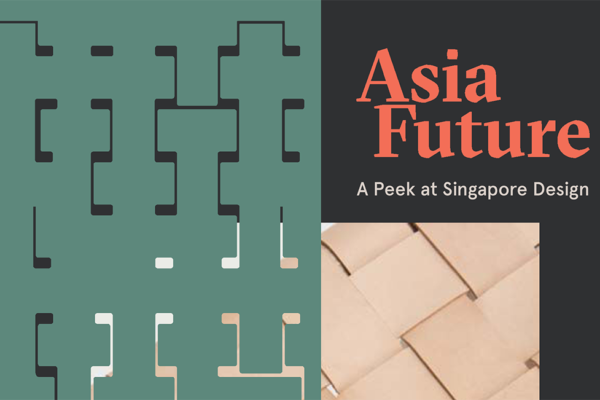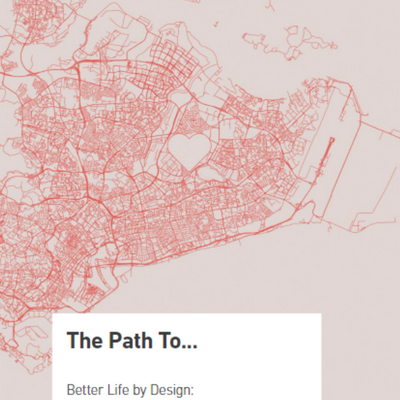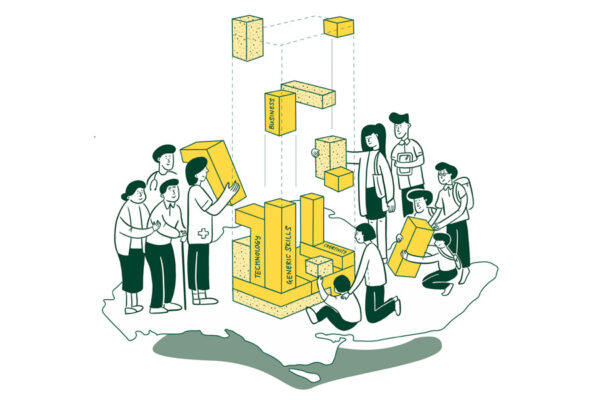To seize the growth opportunities that advance Singapore’s strategic priorities in the Digital, Sustainable and Caring economies, it is important to develop the design workforce based on a sound understanding of the current and future state of design manpower and talent.
The National Design Industry and Manpower Study (NDIMS) was first launched in 2017 by the DesignSingapore Council (Dsg) to understand and identify talent gaps and opportunities within the design workforce. The objectives of the study are to conduct trend analysis, and manpower demand and supply analysis for the design and non-design sectors. As the third edition of the study, the NDIMS 2021/2022 seeks to achieve the same objectives with an expanded scope in coverage and analysis.
Insights gathered from this study were obtained from a variety of sources, such as qualitative and quantitative primary research, and nationally-sourced databases. A total of 15 qualitative scoping interviews and 60 panellists across 12 focus groups discussions were conducted with design industry leaders, with enterprise surveys administered to more than 230 companies across design and non-design sectors. In addition, a compensation study was run with more than 350 companies that hire design workforce, and a freelancer study was conducted with more than 30 participants. These insights will be used by Dsg to formulate appropriate recommendations on manpower strategies and policies.
The key findings from this report are:
- The size of the design workforce is expected to expand by 25% from 2021 to 2030.
- The demand for designers will primarily be driven by opportunities in the non-design sectors. The median income of designers is about 50% higher than the median full-time employed Singapore resident.
- The fastest growing design job roles include business designers, design facilitators, and design researchers – roles that exemplify the value of design across both horizontals (non-design subsectors) and verticals (design subsectors).
- In addition to technical craft, an expanded design skillset is deemed both essential and hard to hire for by design employers. The top skills in demand include analytical thinking, business strategy, creativity, and design communication.
Infographics: NDIMS 2021/2022 In A Nutshell

